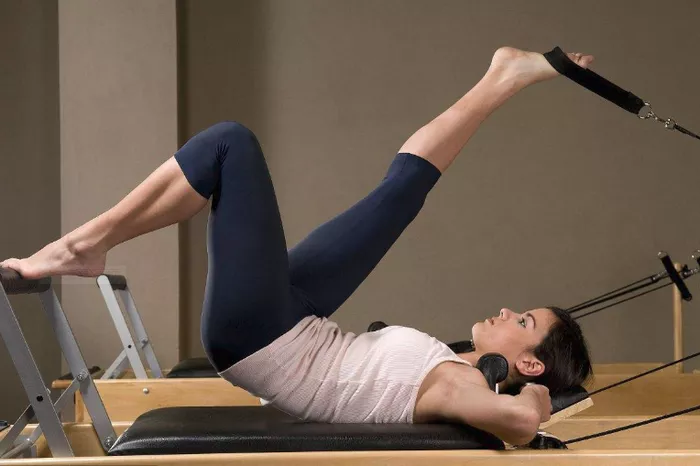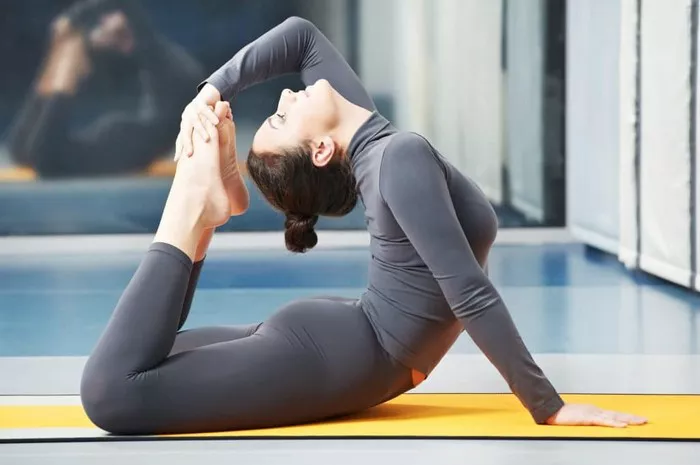In the realm of mind-body fitness, Pilates and yoga stand out as two popular disciplines that promote physical well-being and mental clarity. While both practices share common goals of enhancing flexibility, strength, and overall wellness, a common question arises: Is Pilates harder than yoga? To unravel the intricacies of these practices and address this query, we will delve into the principles, techniques, and benefits of both Pilates and yoga in this comprehensive exploration.
Understanding the Foundations:
Yoga: A Journey into the Self
Yoga, originating from ancient India, is a holistic practice that encompasses physical postures (asanas), breath control (pranayama), and meditation. It aims to harmonize the mind, body, and spirit, fostering a sense of inner peace and balance. Yoga classes often vary, ranging from gentle, restorative sessions to more dynamic and challenging practices such as Vinyasa or Ashtanga.
Pilates: Core Strength and Precision
Developed by Joseph Pilates in the early 20th century, Pilates focuses on building core strength, flexibility, and overall body awareness. The method involves controlled movements that target specific muscle groups, emphasizing precision and alignment. Pilates workouts typically incorporate equipment like the reformer, Cadillac, and mat exercises, offering a varied and adaptable approach to fitness.
Comparing Intensity:
Yoga: The Flow of Energy
Yoga, with its diverse styles, caters to individuals with varying fitness levels. While some forms like Hatha or Yin yoga are gentle and accessible to beginners, others like Power or Bikram yoga can be physically demanding. The intensity of a yoga session often depends on the chosen style and the practitioner’s commitment to holding postures and transitioning between them with controlled breathing.
Pilates: Controlled Intensity
Pilates, renowned for its precision and controlled movements, can be challenging in a different way. The emphasis on core engagement, muscle control, and alignment demands focused attention, making it a mindful and intense workout. The incorporation of Pilates equipment adds resistance and further challenges, ensuring a comprehensive strength-building experience.
Techniques and Principles:
Yoga: Mindful Breathing and Alignment
Yoga places a strong emphasis on breath awareness, linking breath with movement to enhance the flow of energy (prana). Alignment is also crucial in yoga, with instructors guiding practitioners to achieve proper posture and body awareness. The practice encourages mindfulness and self-awareness, fostering a deeper connection between the body and mind.
Pilates: Precision and Core Activation
Pilates, often referred to as a system of controlled movements, prioritizes precision and core activation. Exercises are designed to target specific muscles, with a focus on stabilizing the core throughout various movements. The Pilates principles, including concentration, control, centering, precision, breath, and flow, underscore the method’s commitment to intentional and efficient movement.
Benefits and Goals:
Yoga: Holistic Wellness
Beyond physical fitness, yoga offers a holistic approach to well-being. It promotes stress reduction, mental clarity, and emotional balance through meditation and mindfulness practices. The flexibility gained in yoga extends beyond the physical realm, fostering adaptability and resilience in the face of life’s challenges.
Pilates: Core Strength and Flexibility
Pilates, with its primary focus on core strength, contributes to improved posture, balance, and flexibility. The controlled movements enhance overall body awareness and muscular endurance. Pilates is often recommended for rehabilitation purposes, aiding in the recovery from injuries and preventing future imbalances.
Tailoring Practices to Individual Preferences:
Yoga: Variety for Every Body
The vast array of yoga styles allows practitioners to choose the intensity and focus that aligns with their preferences and fitness levels. Whether seeking a meditative experience or a vigorous workout, individuals can find a yoga style that suits their needs.
Pilates: Adaptable and Customizable
Pilates, with its versatility and adaptability, accommodates various fitness levels and goals. From beginners to advanced practitioners, Pilates can be tailored to address specific needs, making it accessible to a broad audience.
Conclusion:
In the quest to determine whether Pilates is harder than yoga, it becomes evident that both practices offer unique challenges and benefits. The choice between the two ultimately depends on individual preferences, fitness goals, and the desired mind-body experience. Whether opting for the meditative flow of yoga or the precision and core engagement of Pilates, both disciplines contribute to overall health and well-being. Embracing the diversity of mind-body practices allows individuals to explore, evolve, and discover the path that resonates most profoundly with their personal journey to wellness.














